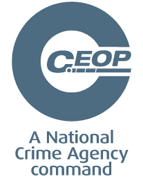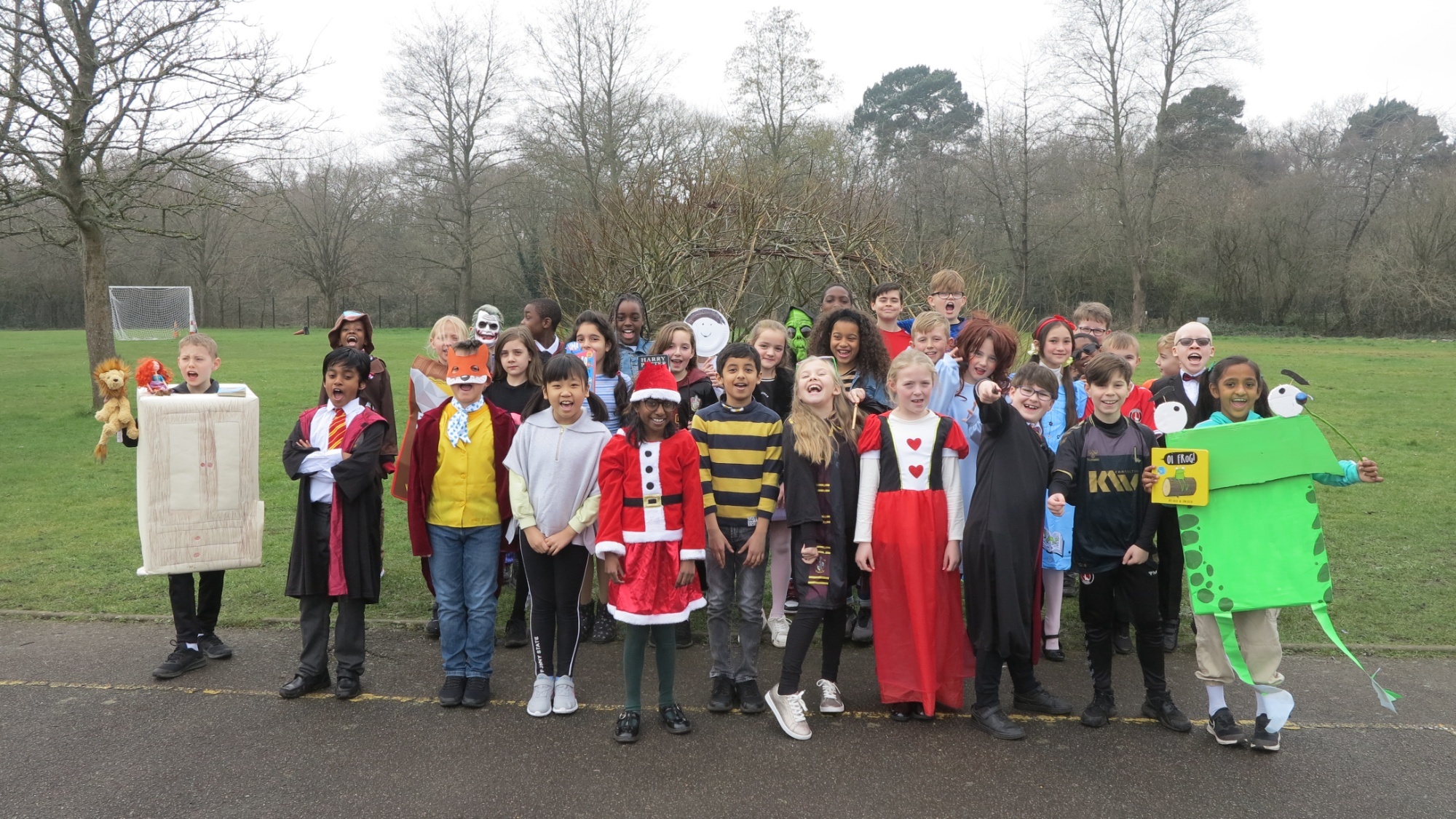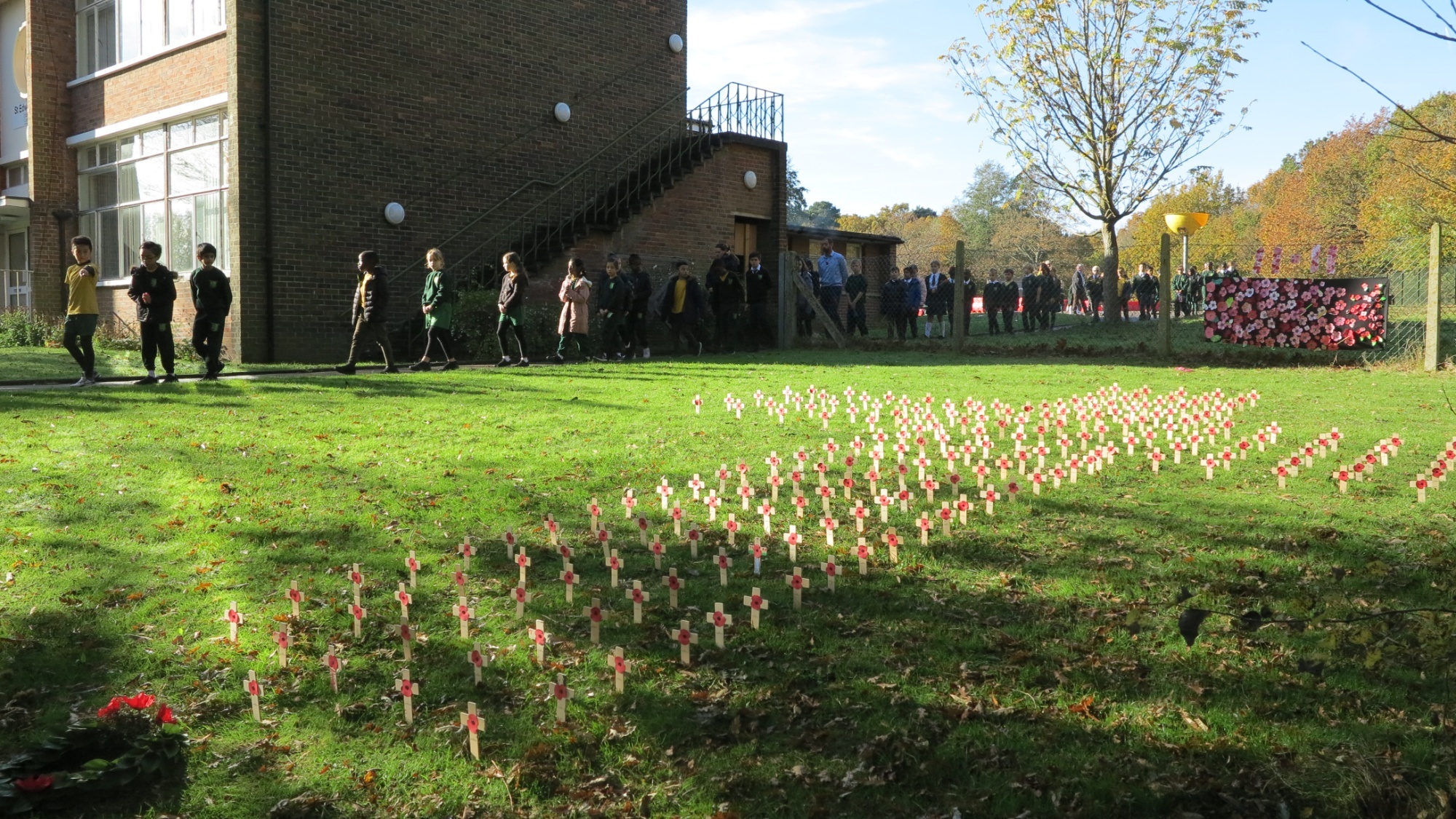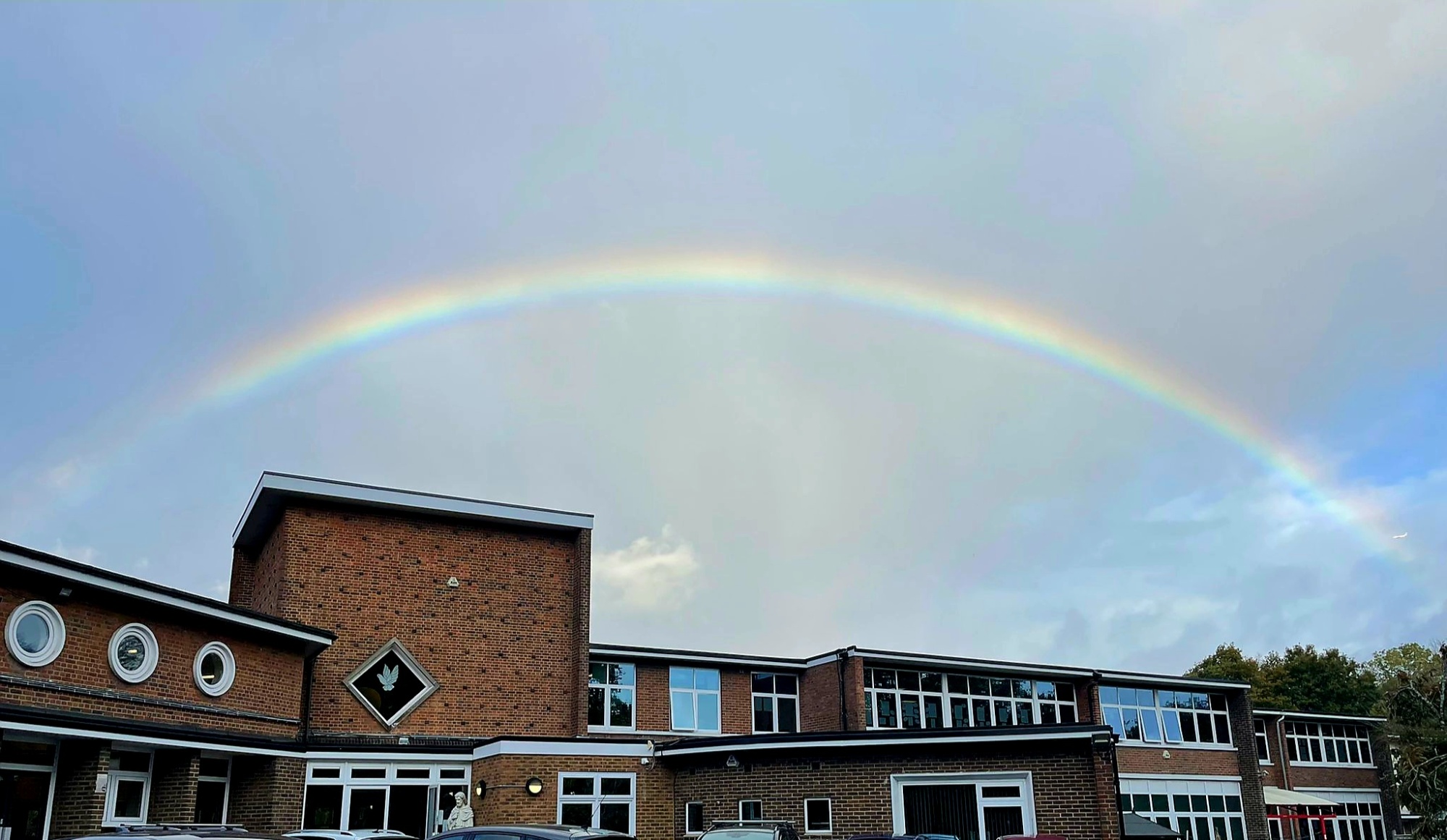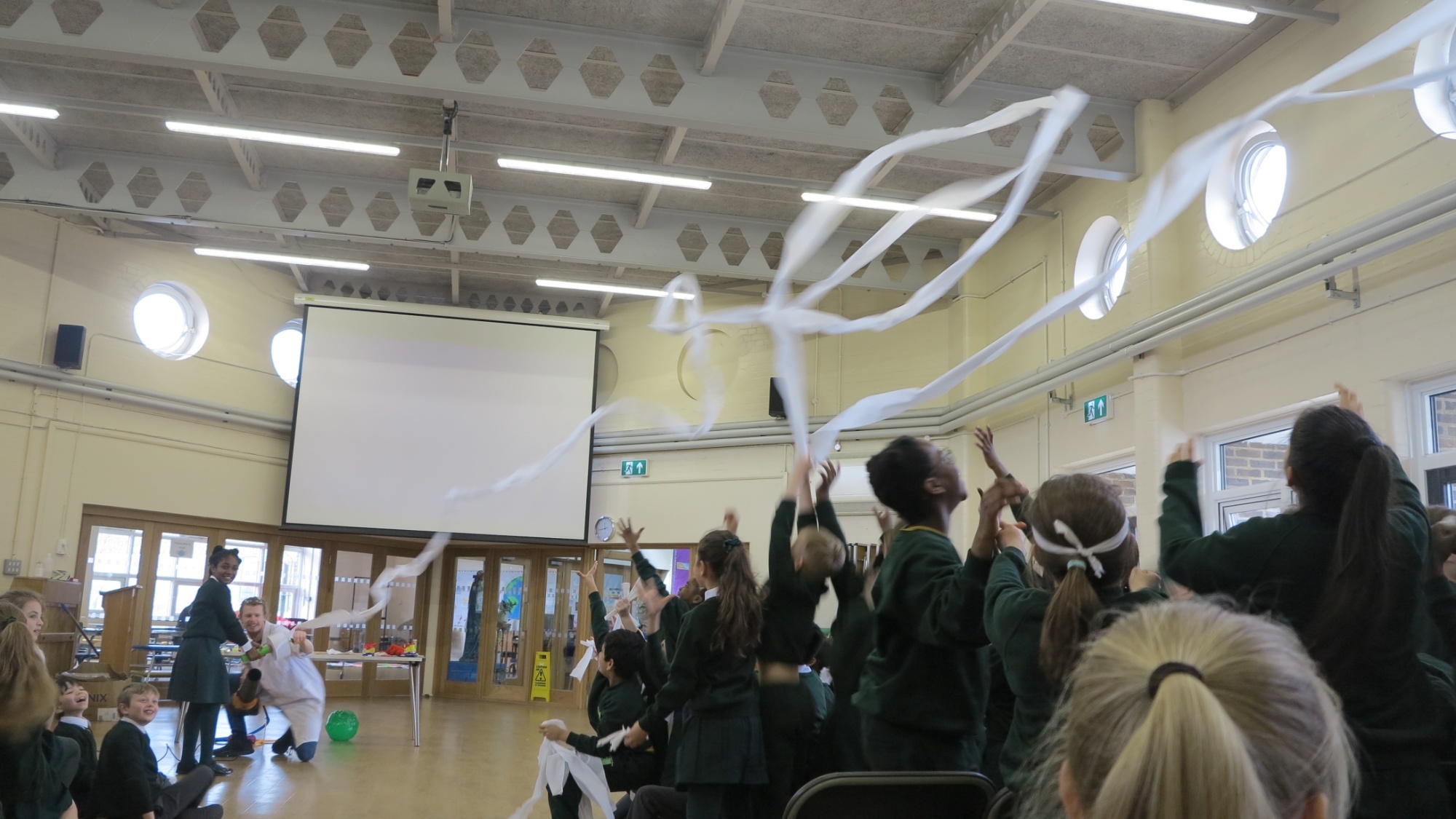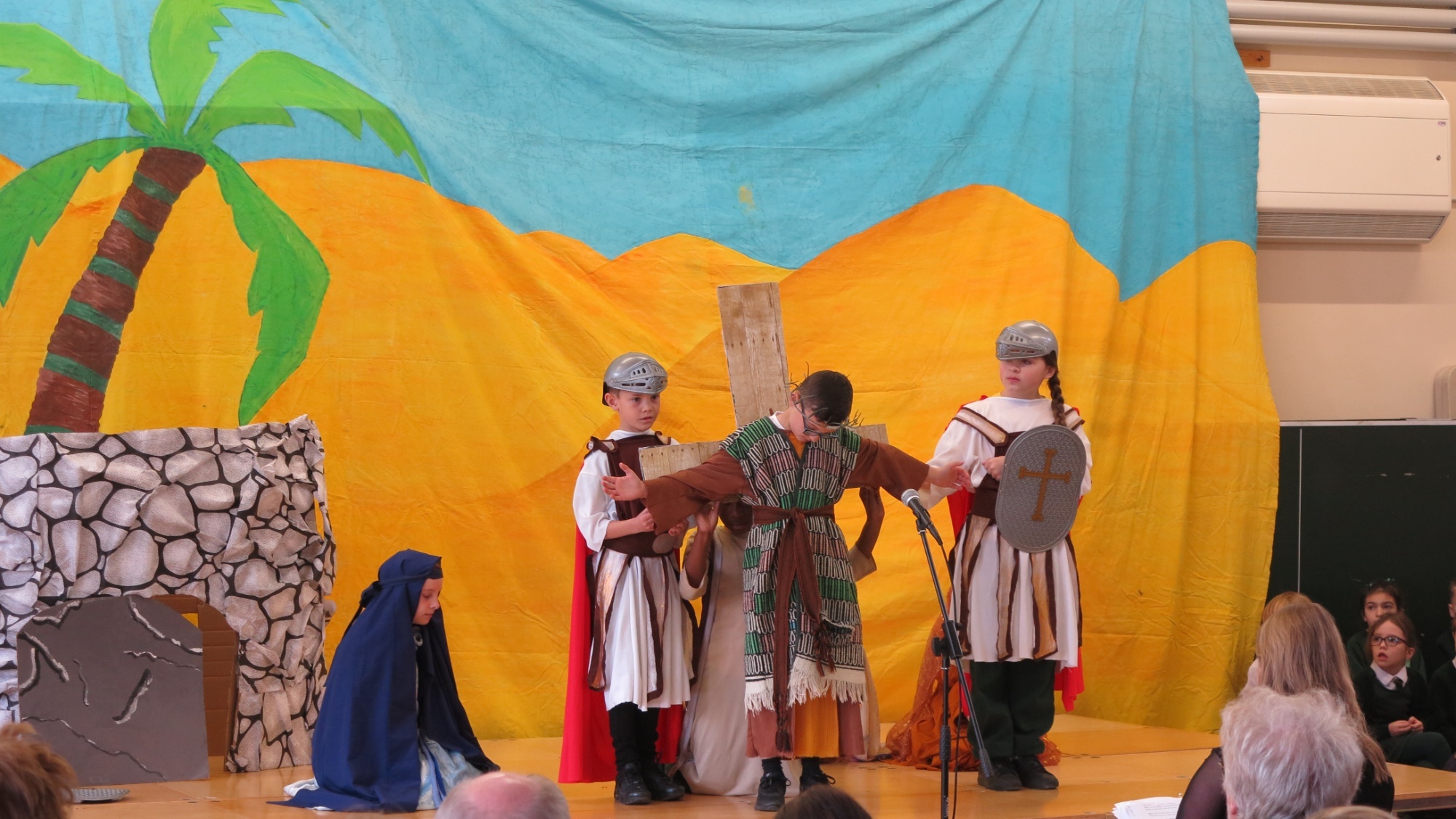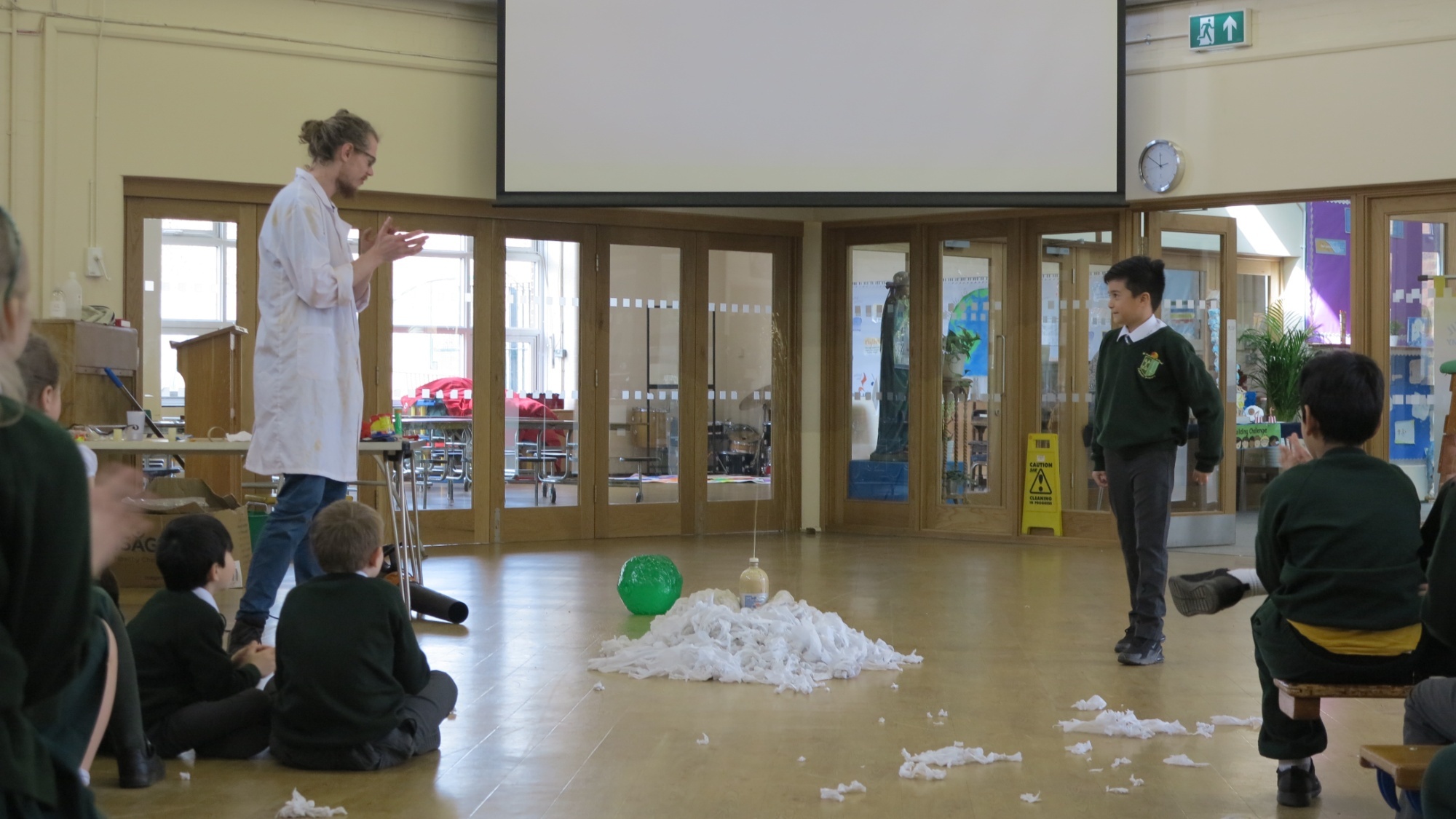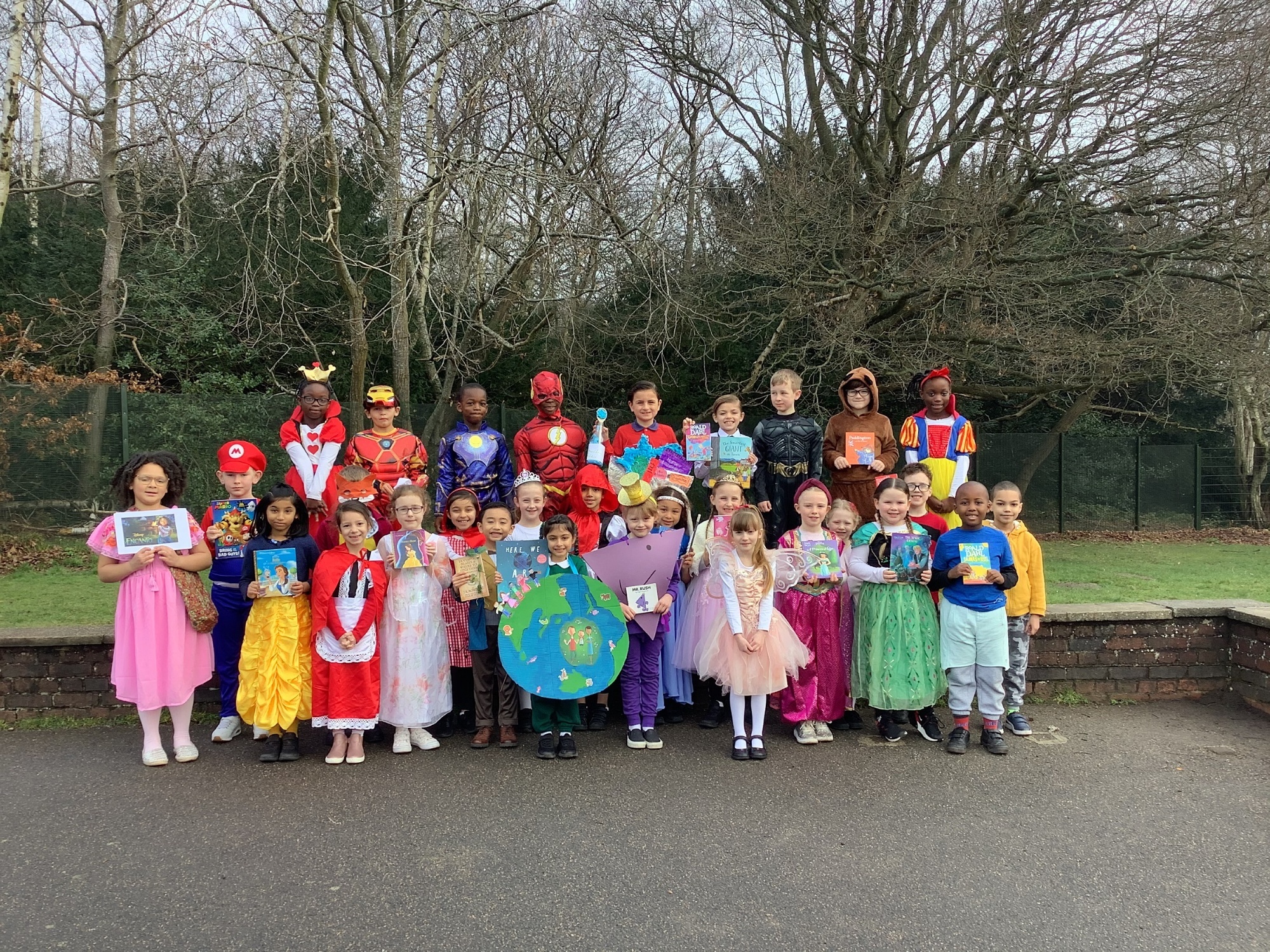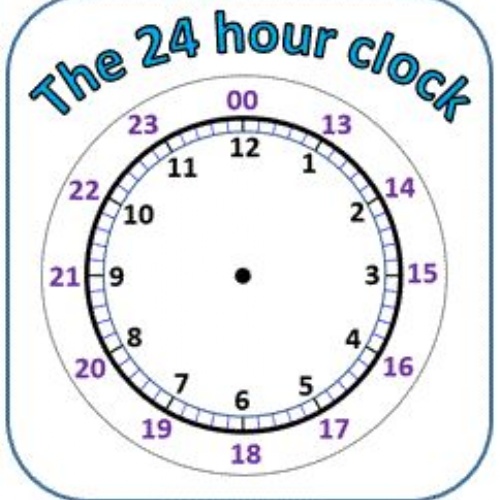
Home Learning Activities - Wednesday, 6th October
Maths:
- LO: Converting between 12 and 24 hour time
There are 2 ways to write digital time: 12 hour and 24 hour. 12 hour time uses 'am' and 'pm' to indicate whether a time is before noon, or after noon. 9:00am is in the morning, and 9:00pm is in the evening.
24 hour times start at 00:00 (midnight) and counts all the way to 23:59 (one minute before midnight) before resetting.
12 hour times start from 12:00am (midnight), then counts through 1:00am, 2:00am, 3:00am, and so on, until it gets to 12:00pm (noon). Then, it counts from 1:00pm, 2:00pm and so on, until getting to 12:00am (midnight) and starting all over again.
When writing 12 hour time, you must always indicate if the time is 'am' or 'pm'.
This is not needed for 24 hour time, as the hours don't repeat. 14:00 will always be in the afternoon, and 07:00 will always be in the morning, for example.
To convert from 12 hour to 24 hour format, we simply add 12 to the hour column of any time in after noon. 1:00pm = 13:00. 2:00pm = 14:00 3:00pm = 15:00, and so on.
To convert from 24 hour to 12 hour, we do the opposite, and subtract 12 from the hours column of any time after noon. 17:00 = 5:00pm, 20:00 = 8:00pm, and so on.
Morning times are unchanged between 12 and 24 hour clock, except for the fact that 12 hour time uses am/pm, and the 24 hour times will have a '0' before single digit hours (06:00, for example.)
Attached below is a worksheet to practise converting between the two formats. Please complete either the one, two, or tree start activity, and use the answer sheet to check your work.
English:
- LO: Using homophones in sentences
The weekly spellings are all pairs of homophones - words which sound the same, but are spelled differently, and have different meanings. Your task is to use a dictionary or the internet to find the definition of each word, and use it correctly in a sentence.
Geography:
- LO: Using and identifying symbols on a map
Maps use a variety of symbols to help users to identify useful services, buildings, or features. Many of them are easily recognisable, and can help people to quickly find things they're looking for.
Use the activity sheet posted below, and use pages 1 and 2 to try and identify what each symbol represents. Then, see if you can create more symbols to represent things that people might want to find on a map - for example: bank, parking, grocery store, or other useful buildings.
Complete the activity sheet, and create an additional 5 symbols for things of your choice.
Reading: Complete the reading comprehension activity below, and check your answers on page 2 when you are finished.
I hope you have a great day!
Mr Lindsay


